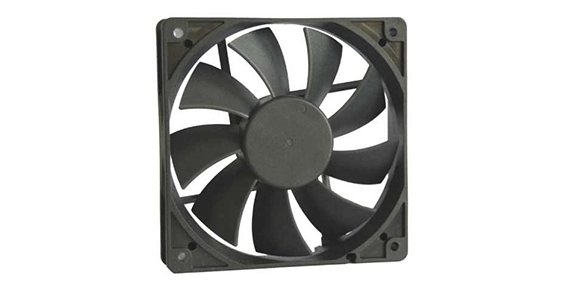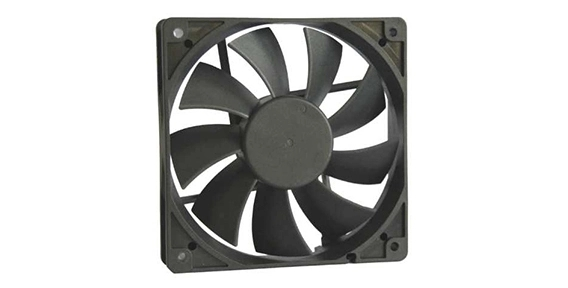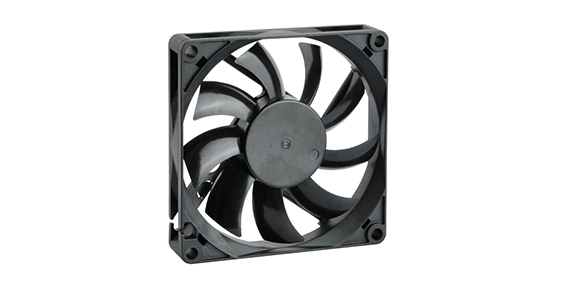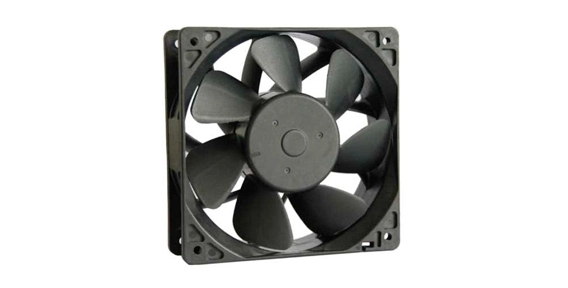Understanding the Crucial Role of 120mm Axial Fan's Power Consumption
Power consumption is a critical factor to consider when it comes to 120mm x 15mm fans. These fans are commonly used in various applications, such as computer cooling systems, home appliances, and industrial equipment. The amount of power consumed by these fans directly impacts their performance, energy efficiency, and overall cost-effectiveness.
The power consumption of a 120mm axial fan refers to the amount of electrical energy it requires to operate. It is typically measured in watts (W). Higher power consumption means that the fan is drawing more electrical energy from the power source. This, in turn, results in increased electricity bills and higher carbon emissions.

Optimizing Energy Efficiency: The Quest for 120mm Axial Fan's Low Power Consumption
In recent years, there has been a growing emphasis on energy efficiency in various industries. This shift towards sustainability has prompted manufacturers to prioritize the development of low-power consumption DC axial fan. These fans are engineered to deliver optimal performance while minimizing energy usage.
One of the ways to optimize energy efficiency in 120mm axial fans is through the use of advanced motor technologies. Brushless DC motors, for instance, are known for their high efficiency and low power consumption. These motors operate without the need for brushes, reducing friction and energy loss. By incorporating such motors into 120mm axial fans, manufacturers can significantly enhance their energy efficiency.
Additionally, the design and construction of the fan blades play a crucial role in minimizing power consumption. Aerodynamically designed blades can reduce air resistance, allowing the fan to achieve higher airflow with less power. Materials with low weight and high strength are also used to minimize the energy required for rotation.

Balancing 120mm Axial Fan Performance and Affordability
While energy efficiency is crucial, it is equally important to strike a balance between performance and affordability when it comes to 120mm axial fans. Consumers and businesses require fans that can effectively cool their equipment without breaking the bank.
To achieve this balance, manufacturers often conduct extensive research and testing to optimize the fan's design and materials. This includes finding the most cost-effective yet high-performing components, such as motors and fan blades. By finding the right balance between performance and affordability, manufacturers can provide consumers with efficient and cost-effective cooling solutions.
120mm Axial Fan: Anticipating Innovations in Low-Power Cooling Solutions
The demand for low-power cooling solutions is expected to continue growing with the increasing focus on energy efficiency. As a result, manufacturers are continuously exploring innovative technologies to further improve the power consumption of 120mm x 15mm fan.
One of the anticipated innovations in this field is the integration of smart control systems. Smart fans can automatically adjust their speed and power consumption based on temperature and airflow requirements. This dynamic control allows for optimal cooling performance while minimizing power usage.
Furthermore, advancements in materials science and manufacturing techniques may lead to the development of even more lightweight and energy-efficient fan components. New materials with superior heat dissipation properties could result in fans that require fewer energy resources to achieve the same level of cooling.
In conclusion, power consumption plays a crucial role in 120mm x 15mm fans. Optimizing energy efficiency while balancing performance and affordability is essential for both manufacturers and consumers. Anticipated innovations in low-power cooling solutions offer promising prospects for even more efficient and sustainable 120mm axial fans in the future.

 EN
EN 

 +
+
 +
+
 +
+



